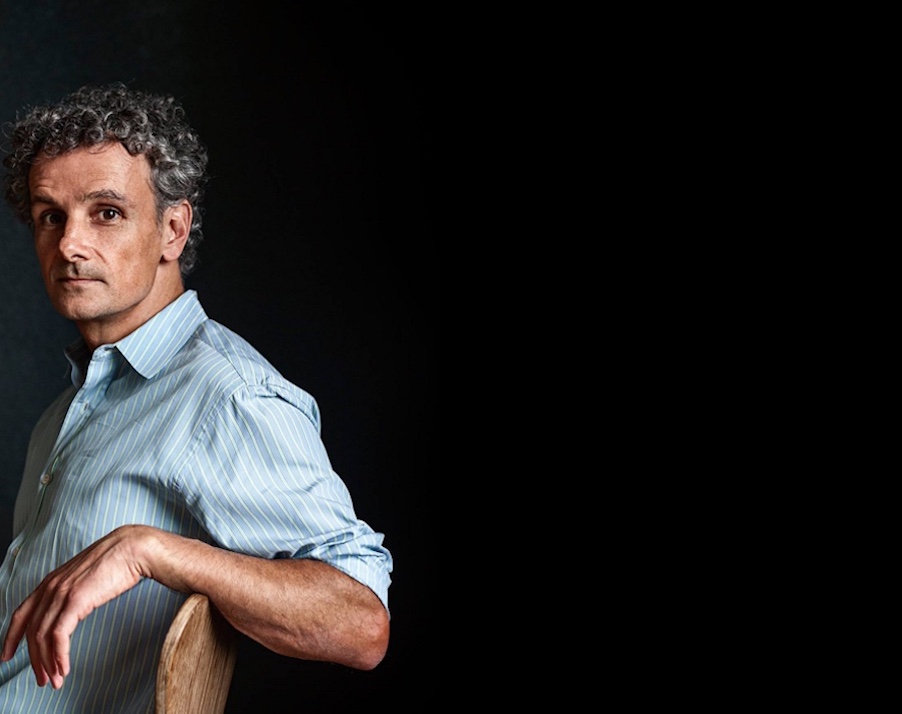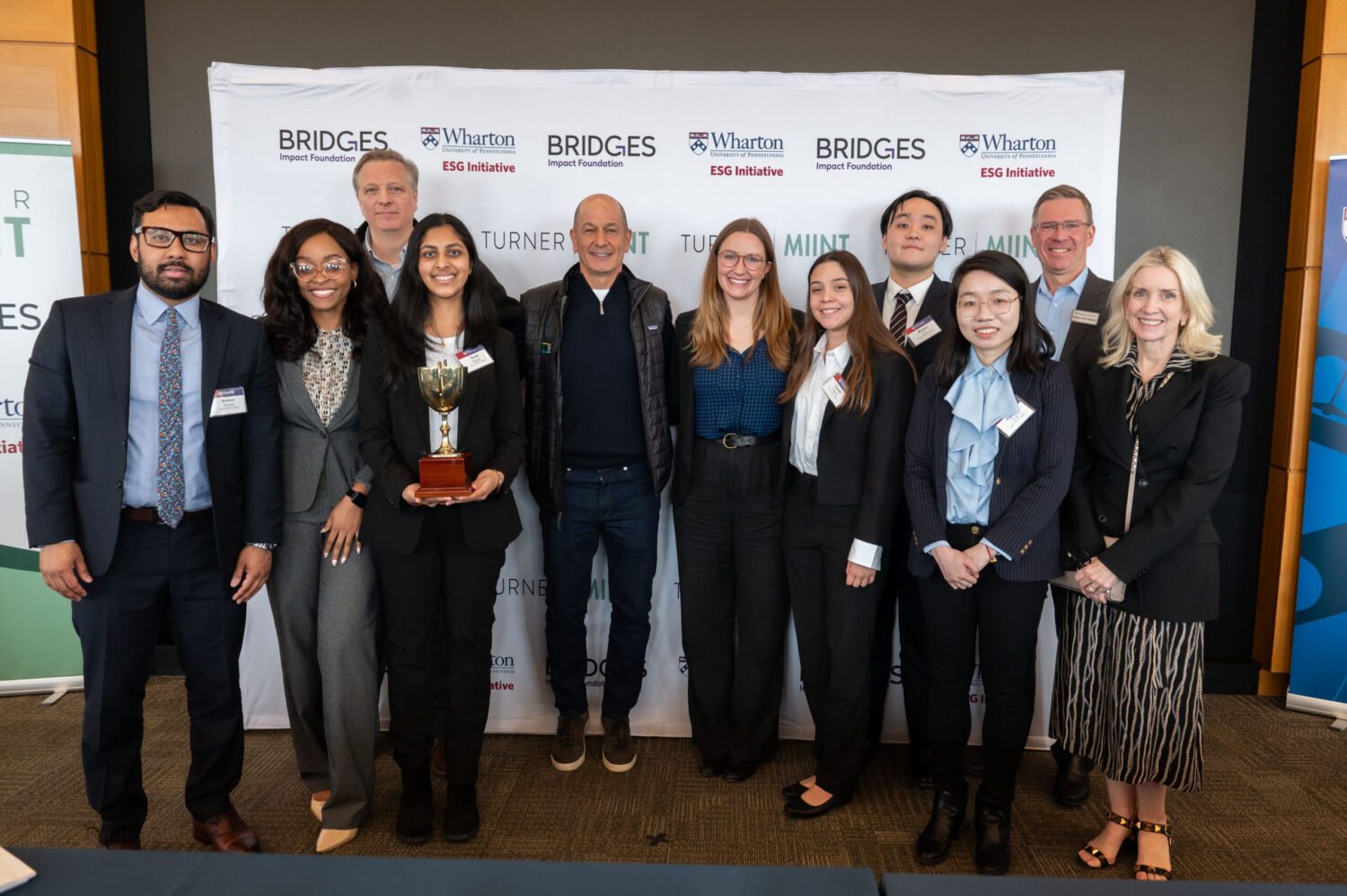“I love complexity,” says Berlow, founder of Vibrant Data Labs, a “social impact data science” group. An ecologist and data nerd, Berlow spent years studying the dynamics of complex systems, from food webs and natural ecosystems to friendship ties (Berlow, naturally, has a visual map of his project portfolio).
His latest project: using machine learning to map the flows of capital to climate mitigation and adaptation. Berlow partnered with ImpactAlpha, One Earth and others to launch the Climate Finance Tracker to visualize funding for climate solutions, from grants to venture capital.
Turning gaps into opportunities with the Climate Finance Tracker
“There’s going to be trillions of dollars in investments in climate over the next decade,” says Berlow. “If we can bring evidence and data to bear on those decisions to be more strategically impactful, that’s our goal.”
This week, Berlow debuted a second version of the tracker, using a bottom-up natural language engine to map climate finance flows in low- and middle-income countries. The new tracker was developed in partnership with nonprofit research institute RTI International. Like the earlier U.S. map, it’s hosted on ImpactAlpha. Berlow identified $50 billion in climate-related grants and venture capital to Africa and Latin America over three years, skewing towards agriculture- and nature-based solutions.
Both maps help foundations and fund managers identify funding gaps and point their capital where it can be most effective. “It gives us a really honest look at, are we making a difference on the ground or are we just living in an aspirational world?” RTI’s Avery Ouellette said when the map was previewed at the COP27 climate summit last month.
Berlow is improving the prototypes (share your feedback). But already, they are bringing simplicity and logic to a complex problem. “The more you step back and embrace complexity,” he said in his 2010 TED Talk at Oxford University, “the better chance you have of finding simple answers.”











